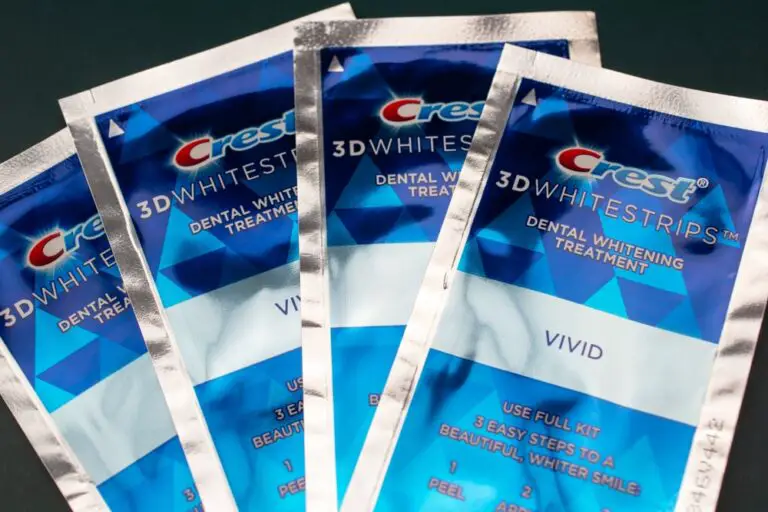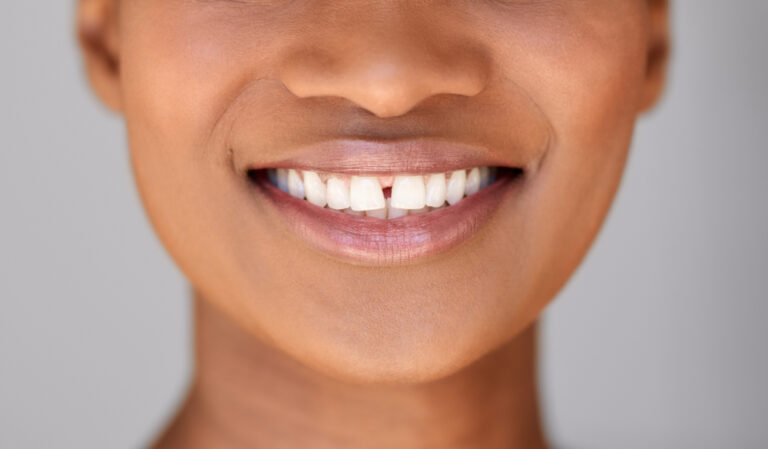If you’re looking to achieve the traditional Japanese look of blackened teeth, also known as Ohaguro, there are a few methods you can try. This practice dates back to the Heian period and was considered a sign of beauty and maturity. While it’s not as popular today, it’s still practiced in some parts of Japan and is also used in various forms of cosplay and Halloween costumes.
One method involves creating a mixture of gallnut powder or tea powder with ferrous acetate. This will result in a smooth and deep black mixture that can be applied to your teeth. Another option is to create a dye using iron fillings soaked in tea or sake with vinegar. When the iron oxidizes, the liquid turns black and can be ingested to dye your teeth. Liquid paint is also an option for a temporary blackened tooth look, which can be easily applied using a makeup brush or paintbrush.
It’s important to note that while blackened teeth may have been considered beautiful in the past, it’s not a common practice today and may not be accepted in certain cultures. Additionally, it’s important to be cautious when using any of these methods and to make sure you’re using safe and non-toxic materials.
Understanding Black Teeth Dye
If you’re interested in dyeing your teeth black, it’s important to understand the process and potential risks involved. Black teeth dye, also known as ohaguro in Japan, is a traditional practice that has been used for centuries to beautify teeth. However, it’s important to note that this practice has largely fallen out of favor due to potential health risks and social stigma.
Black teeth dye is typically made from a mixture of iron filings, vinegar, and tannin. The mixture is applied to the teeth using a brush or cotton swab and left on for several hours. Over time, the iron in the mixture reacts with the teeth, causing them to turn black.
While black teeth dye may seem like a harmless cosmetic procedure, it’s important to note that it can have negative effects on your dental health. The dye can weaken tooth enamel, making your teeth more susceptible to decay and other dental problems. Additionally, the dye can stain your gums and tongue, causing them to turn black as well.
If you’re considering dyeing your teeth black, it’s important to weigh the potential risks against the benefits. While black teeth can be seen as a sign of beauty in some cultures, it’s important to prioritize your dental health and consider more modern cosmetic procedures that don’t carry the same risks.
Safety Precautions
Before you attempt to dye your teeth black, it is important to take some safety precautions to avoid any harm or damage to your teeth and gums. Here are some tips to keep in mind:
- Use only safe and non-toxic materials: Avoid using any harmful or toxic substances that could cause damage to your teeth or gums. Instead, use natural ingredients such as activated charcoal or food-grade black dye.
- Protect your lips and gums: Apply a layer of petroleum jelly or coconut oil around your lips and gums to protect them from the dye. This will prevent the dye from staining your skin and causing irritation.
- Avoid swallowing the dye: Make sure you do not swallow the dye while applying it to your teeth. Swallowing the dye can cause stomach problems and other health issues.
- Do not leave the dye on for too long: Leaving the dye on your teeth for too long can cause damage to your enamel and gums. Follow the instructions carefully and remove the dye as soon as the recommended time is up.
- Rinse your mouth thoroughly: After removing the dye, rinse your mouth thoroughly with water to remove any residue. This will prevent any staining or damage to your teeth and gums.
By following these safety precautions, you can safely dye your teeth black and achieve the desired look without putting your dental health at risk.
Materials Needed
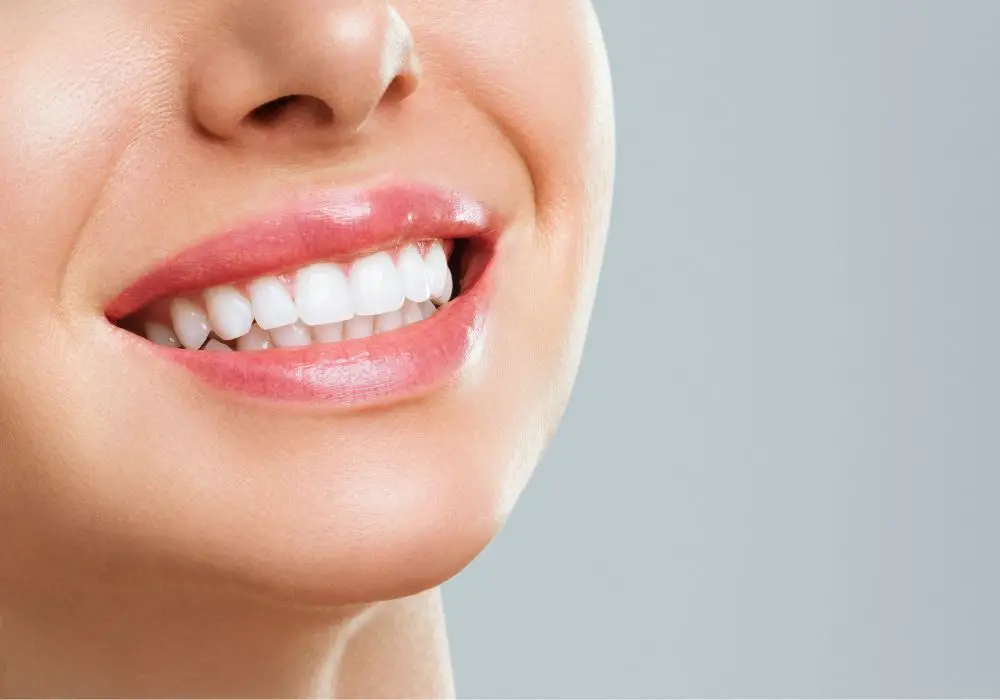
To dye your teeth black, you will need a few materials. Here is a list of what you will need:
- Ferrous acetate
- Gallnut powder or tea powder
- Bowl
- Spoon
- Toothbrush
- Water
Ferrous acetate is the main ingredient needed to dye your teeth black. You can easily make it at home by mixing iron and vinegar. Gallnut powder or tea powder is used to make the ferrous acetate turn black and non-water-soluble. You can easily find these ingredients at a local store or online.
To mix the ingredients, you will need a bowl and a spoon. Make sure to mix everything until you obtain a smooth and deep black mixture. Once you have the mixture, you can apply it to your teeth using a toothbrush.
Before applying the mixture, make sure to brush your teeth and rinse your mouth with water. This will help the mixture stick to your teeth better. Apply the mixture evenly to your teeth, making sure to cover all surfaces. Leave it on for a few minutes, then rinse your mouth thoroughly with water.
In summary, to dye your teeth black, you will need ferrous acetate, gallnut powder or tea powder, a bowl, a spoon, a toothbrush, and water. Make sure to mix everything well and apply it evenly to your teeth for the best results.
Choosing the Right Dye
When it comes to blackening your teeth, choosing the right dye is crucial. Here are some factors to consider when selecting a dye:
Type of Dye
There are various types of dyes available in the market, including natural and synthetic dyes. Natural dyes are made from plants and are generally considered safer than synthetic dyes. However, synthetic dyes may provide a more intense and longer-lasting color.
Application Method
The method of application can vary depending on the type of dye you choose. Some dyes come in the form of a paste or powder that needs to be mixed with water before application. Others come in pre-mixed solutions that can be applied directly to the teeth. Consider which method is more convenient for you.
Safety
It is important to choose a dye that is safe for your teeth and gums. Some dyes may contain harmful chemicals that can damage your teeth and cause oral health problems. Look for dyes that are approved by dental professionals and have been tested for safety.
Cost
The cost of the dye can also be a factor to consider. Natural dyes may be more expensive than synthetic ones, and some brands may be more expensive than others. Consider your budget before making a purchase.
In summary, when choosing a dye to blacken your teeth, consider the type of dye, application method, safety, and cost. By taking these factors into account, you can select a dye that is safe, effective, and suits your needs.
Preparation Before Dyeing
Before you begin the process of dyeing your teeth black, it is important to take some precautions to ensure that you do not harm yourself or damage your teeth. Here are some steps to follow before dyeing your teeth:
- Choose a safe and non-toxic dye: It is essential to use a safe and non-toxic dye to avoid any harm to your teeth and gums. You can use natural ingredients like activated charcoal or henna to dye your teeth black. These ingredients are safe and do not contain any harmful chemicals.
- Protect your lips and gums: Dyeing your teeth black can stain your lips and gums, so it is essential to protect them before starting the process. You can use petroleum jelly or lip balm to protect your lips, and a dental dam or cotton balls to protect your gums.
- Brush and floss your teeth: Before dyeing your teeth, make sure to brush and floss your teeth thoroughly to remove any food particles or plaque. This will ensure that the dye adheres properly to your teeth.
- Dry your teeth: It is important to dry your teeth before applying the dye to ensure that it sticks properly. You can use a paper towel or a cotton swab to dry your teeth.
- Apply the dye carefully: When applying the dye, make sure to do it carefully and avoid getting it on your lips or gums. You can use a toothbrush or a cotton swab to apply the dye to your teeth.
By following these simple steps, you can ensure that you dye your teeth black safely and without any harm to your teeth or gums.
Step by Step Process
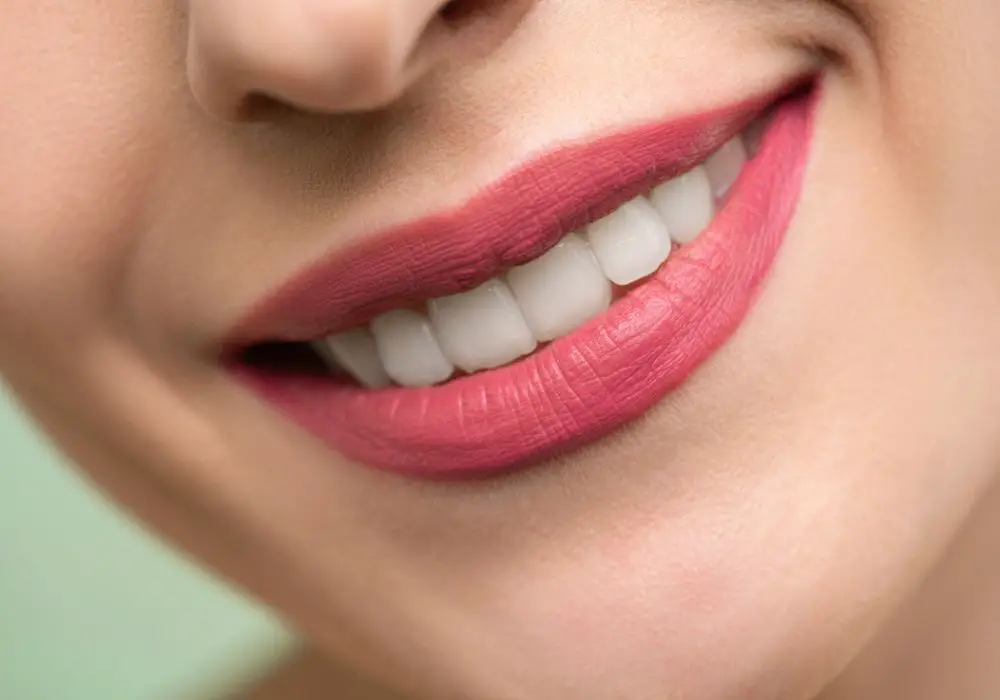
If you want to dye your teeth black, there are a few simple steps you can follow to achieve the desired look. Here is a step-by-step guide on how to dye your teeth black:
Cleaning Your Teeth
Before you start the dyeing process, it is important to make sure that your teeth are clean. Brush your teeth thoroughly with toothpaste and rinse your mouth with water. You can also use a mouthwash to freshen your breath and remove any remaining debris from your teeth.
Applying the Dye
There are different ways to apply the dye to your teeth. One option is to use a liquid paint-on tooth color, also known as black tooth enamel. You can paint the enamel directly onto your teeth using a small brush. Another option is to use a dye made from iron fillings soaked in tea or sake with vinegar. Apply the dye to your teeth using a small brush or cotton swab.
When applying the dye, make sure to cover all of your teeth evenly. You can apply multiple coats if necessary to achieve a darker shade. Be careful not to get the dye on your gums or tongue, as it can be difficult to remove.
Rinsing and Cleaning
After you have applied the dye, let it dry for a few minutes. Then, rinse your mouth with water to remove any excess dye. You can also brush your teeth gently with toothpaste to help remove any remaining dye.
It is important to note that the dye may not last very long and can fade quickly. You may need to reapply the dye frequently to maintain the desired look. Additionally, dyeing your teeth can be harmful to your dental health, so it is important to consult with a dentist before attempting to dye your teeth black.
Maintenance and Care
Once you have successfully blackened your teeth, it is important to maintain and care for them properly to ensure that the effect lasts as long as possible. Here are some tips to help you keep your black teeth looking their best:
- Avoid eating or drinking staining substances: Foods and drinks that are known to stain teeth, such as coffee, tea, red wine, and berries, can also stain blackened teeth. Try to avoid consuming these substances as much as possible, or at least limit your consumption and rinse your mouth with water afterwards.
- Practice good oral hygiene: Brush your teeth at least twice a day with a soft-bristled toothbrush and fluoride toothpaste. Floss daily to remove plaque and debris from between your teeth. Consider using an antiseptic mouthwash to kill bacteria and freshen your breath.
- Visit your dentist regularly: Regular dental checkups and cleanings can help prevent tooth decay, gum disease, and other oral health problems. Your dentist can also check the condition of your blackened teeth and recommend any necessary treatments or touch-ups.
- Avoid smoking or using tobacco products: Tobacco use can stain teeth and increase the risk of oral cancer and other health problems. Quitting smoking or using tobacco products can help improve the appearance and health of your teeth and gums.
- Be careful when biting or chewing: Blackened teeth may be more fragile or prone to chipping or cracking than natural teeth. Avoid biting or chewing on hard objects, such as ice, hard candy, or popcorn kernels, and be careful when eating tough or sticky foods.
- Consider touch-up treatments: Over time, the blackening effect may fade or wear off due to normal wear and tear or exposure to staining substances. Consider getting touch-up treatments from your dentist or using at-home whitening products to maintain the desired level of blackness.
By following these simple tips, you can keep your blackened teeth looking their best and enjoy the unique and striking look that ohaguro can provide.
Potential Risks and Side Effects
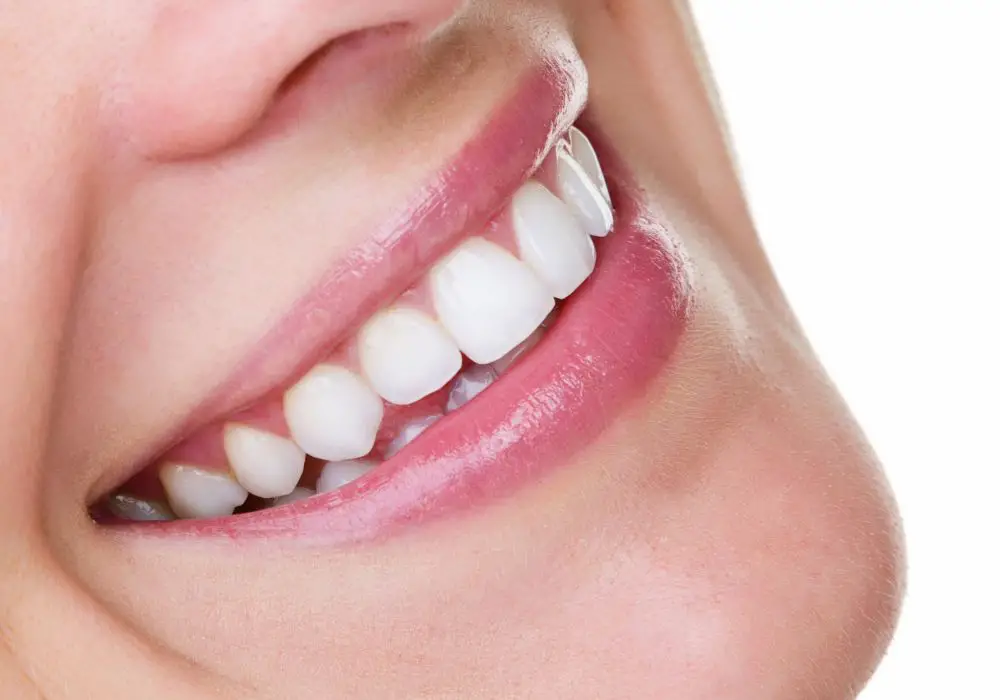
While blackening your teeth may seem like a fun and unique way to express yourself, it’s important to be aware of the potential risks and side effects before attempting this practice. Here are a few things to keep in mind:
Tooth Damage
One of the biggest risks associated with blackening your teeth is the potential for tooth damage. Using abrasive materials or chemicals to darken your teeth can wear away your tooth enamel, which can lead to tooth sensitivity, cavities, and other dental problems. Additionally, if you use a material that is too harsh or leave it on for too long, you could end up permanently damaging your teeth.
Oral Health Issues
Blackening your teeth can also increase your risk of developing oral health issues. For example, if you use a material that is not sterile or clean, you could introduce harmful bacteria into your mouth, which could lead to infections or other issues. Additionally, if you don’t properly clean your teeth after blackening them, you could end up with cavities or gum disease.
Social Stigma
While blackening your teeth may be a common practice in some cultures, it can be seen as strange or unappealing in others. Depending on where you live or the social circles you’re a part of, you may face criticism or ridicule for blackening your teeth. This can be especially true if you’re doing it for cosmetic reasons rather than cultural or historical significance.
Legal Issues
In some places, blackening your teeth may be illegal or considered a form of self-harm. Before attempting this practice, it’s important to research the laws in your area and make sure you’re not putting yourself at risk of legal repercussions.
Overall, while blackening your teeth can be a unique and interesting way to express yourself, it’s important to be aware of the potential risks and side effects before attempting this practice. If you do decide to try it, make sure you do so safely and responsibly, and consider consulting with a dental professional beforehand.
When to Seek Professional Help?
While dyeing your teeth black may seem like a fun and harmless activity, it’s important to remember that it can have serious consequences for your oral health. If you experience any of the following symptoms, you should seek professional help immediately:
- Severe pain or discomfort in your teeth or gums
- Bleeding or swelling in your gums
- Changes in the color or texture of your teeth or gums
- Difficulty eating or speaking
- Bad breath or a bad taste in your mouth
These symptoms could be indicative of a serious oral health issue, such as gum disease or tooth decay. If left untreated, these conditions can lead to more serious problems, including tooth loss and even systemic infections.
If you’re considering dyeing your teeth black, it’s important to consult with a dental professional first. They can help you determine whether the procedure is safe for you and provide guidance on how to minimize the risks.
Remember, your oral health is important, and taking unnecessary risks can have serious consequences. If you experience any symptoms or have concerns about your dental health, don’t hesitate to seek professional help.
Frequently Asked Questions
How did geishas blacken their teeth?
Geishas blackened their teeth using a traditional Japanese practice called “ohaguro.” This practice involved using a mixture of iron filings, tea, and vinegar to dye the teeth black. Geishas believed that black teeth added to their beauty and made them look more attractive to men.
What did Japanese use to blacken teeth?
The Japanese used a mixture of iron filings, tea, and vinegar to blacken their teeth. This mixture was applied to the teeth using a brush and left on for several hours. Over time, the mixture would stain the teeth black, giving them a unique appearance.
Why was ohaguro banned?
Ohaguro was banned in Japan during the Meiji era because the government wanted to modernize the country and adopt Western customs. Black teeth were seen as a sign of backwardness and were considered unsanitary. As a result, the practice was outlawed, and people were encouraged to adopt Western dental practices.
What causes black teeth in adults?
Black teeth in adults can be caused by a variety of factors, including poor oral hygiene, smoking, drinking coffee or tea, and eating foods that stain the teeth. In some cases, black teeth can be a sign of decay or other dental problems. If you have black teeth, it’s important to see a dentist to determine the cause and receive appropriate treatment.
Black teeth treatment?
The treatment for black teeth depends on the cause. If the cause is poor oral hygiene, brushing and flossing regularly can help remove stains and whiten the teeth. If the cause is decay or other dental problems, a dentist may recommend fillings, crowns, or other treatments to restore the teeth. In some cases, teeth whitening treatments may be effective in removing stains and restoring the natural color of the teeth.
Why do people dye their teeth black?
People dye their teeth black for a variety of reasons, including cultural traditions, fashion, and personal preference. In some cultures, black teeth are seen as a sign of beauty or social status. In other cases, people may dye their teeth black as a form of self-expression or to stand out from the crowd. However, it’s important to remember that dyeing your teeth black can be harmful to your dental health and is not recommended by dentists.


